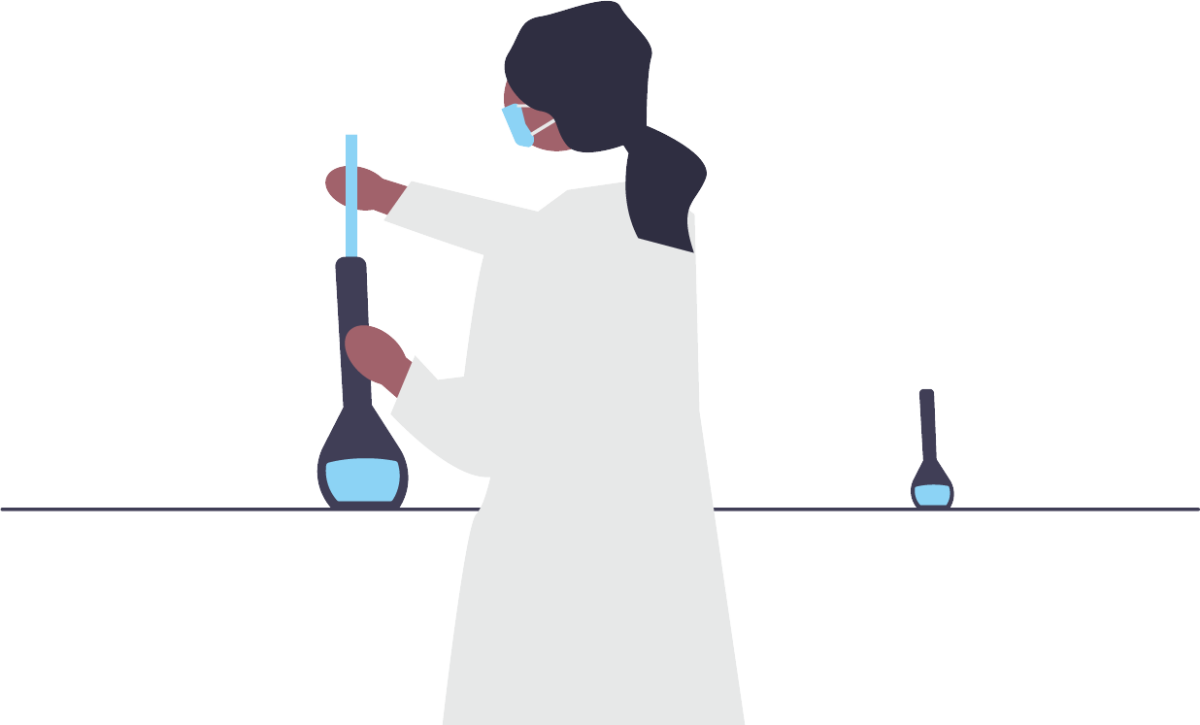A few weeks ago I saw a woman in a clinic. She had recently gone through an ugly divorce and had moved across the country in an attempt to get a fresh start. After arriving in Utah, however, she found herself in an unfamiliar place. She felt isolated and alone. For the first time in her life, she experienced signs of depression. It seemed that her picture-perfect life was over.
I continued to gently probe, hoping to find a small positive influence in her life that might blossom into something bigger in the future. I eventually stumbled upon one — her dog. Tears filled her eyes as she explained that her dog was all that she had left in the world. Her countenance changed from resignation and defeat to love as she described waking up each day to find her dog laying on her stomach, nuzzling his head into her neck. All in all, the woman’s comments that day were a beautiful and powerful testimony to the potential healing power of animals.
Animal-assisted therapy (AAT) has been a resource used by clinicians for decades. It was first popularized in the 1960s by Yeshiva University psychologist Boris Levinson. It caught on quickly — by the early 1970s, a fifth of therapists were incorporating AAT into their practices.
Despite being around for so long, AAT remains a hotly debated topic. I was particularly surprised by the reaction I have received when bringing up AAT with friends and family since my experience in clinic. Many have dismissed the practice as a sham. Others have intimated that having a therapy dog is just a way to get around rules that ban pets in dorms or apartment buildings.
Ever an empiricist, I rushed to consult the medical literature to arm myself with the facts before my next dinner table debate. As it turns out, the data is a mixed bag. On the one hand many studies show clear benefits of using AAT to treat such varied conditions as ADHD, Alzheimer’s, schizophrenia and depression. A series of recent articles have exposed the research into AATs as being seriously flawed in two ways, however.
First of all, AAT studies were poorly planned. Most were too small to be significant or lacked needed “control groups.” The few that had “control groups” did not select them randomly. A recent article in Psychology Today summarized the lot: “poor research methods have compromised the validity” of the results.
The other flaw was brought to attention here at the University of Utah by Dr. Janelle Nimer and Dr. Brad Lundahl of the College of Social Work. Together they reviewed 49 AAT studies and found a problem common to many areas of science — publication bias. When only the published studies were consulted, AAT’s record was unblemished. When unpublished studies were also included, AAT’s effect were nearly cut in half.
At the end of their paper, Dr. Nimer and Lundahl concluded, “Our findings support the continued use and investigation of AAT.” That is an appropriate status update on AAT’s place as an alternative to more established psychiatric therapies. Optimism regarding AAT remains high among mental health providers, but more work needs to be done to statistically confirm its efficacy.

















David Stanley • Feb 23, 2017 at 7:13 pm
Whether horses, dogs, pigs or goats are used, smart folks are discovering the benefits of animal therapy. Partly because of this healing affect, farmstay get-a-ways are growing in popularity. Not just for the immediate boost that comes from escaping the city and encouraging your loved ones to unplug, but also for the therapeutic affect farm animal interaction provides. This experience offers an unusual alternative to what everyone else is doing! Places like Morning Song Farm offer plenty to do in the middle of Southern California’s wine country playground, and lots of healthy organic fruit and vegetables to enjoy. See: morningsongfarm.com
David Stanley • Feb 23, 2017 at 7:13 pm
Whether horses, dogs, pigs or goats are used, smart folks are discovering the benefits of animal therapy. Partly because of this healing affect, farmstay get-a-ways are growing in popularity. Not just for the immediate boost that comes from escaping the city and encouraging your loved ones to unplug, but also for the therapeutic affect farm animal interaction provides. This experience offers an unusual alternative to what everyone else is doing! Places like Morning Song Farm offer plenty to do in the middle of Southern California’s wine country playground, and lots of healthy organic fruit and vegetables to enjoy. See: morningsongfarm.com
Jennifer Nozawa • Feb 23, 2017 at 2:30 pm
Good article! It touches on what has become a regular source of frustration for me…. There is a lot of confusion and misunderstanding about “therapy animals” vs “services animals” vs “emotional-support animals” vs “companion animals.” The terminology is too often used interchangeably, when it in fact refers to four very different groups of animals with different purposes, qualifications, and protections. I believe that increased awareness about the differences between those groups will help add some clarity to those dinner table discussions, as well as lead to more appropriate and rigorous studies about animal-assisted therapy and animal-assisted activities. (A therapist trained in how to best utilize AAT, paired with a well-trained AAT team, will get very different client results than a therapist who does not have the specialized education or an AAT team that has not worked in therapeutic settings.)
Jennifer Nozawa • Feb 23, 2017 at 2:30 pm
Good article! It touches on what has become a regular source of frustration for me…. There is a lot of confusion and misunderstanding about “therapy animals” vs “services animals” vs “emotional-support animals” vs “companion animals.” The terminology is too often used interchangeably, when it in fact refers to four very different groups of animals with different purposes, qualifications, and protections. I believe that increased awareness about the differences between those groups will help add some clarity to those dinner table discussions, as well as lead to more appropriate and rigorous studies about animal-assisted therapy and animal-assisted activities. (A therapist trained in how to best utilize AAT, paired with a well-trained AAT team, will get very different client results than a therapist who does not have the specialized education or an AAT team that has not worked in therapeutic settings.)